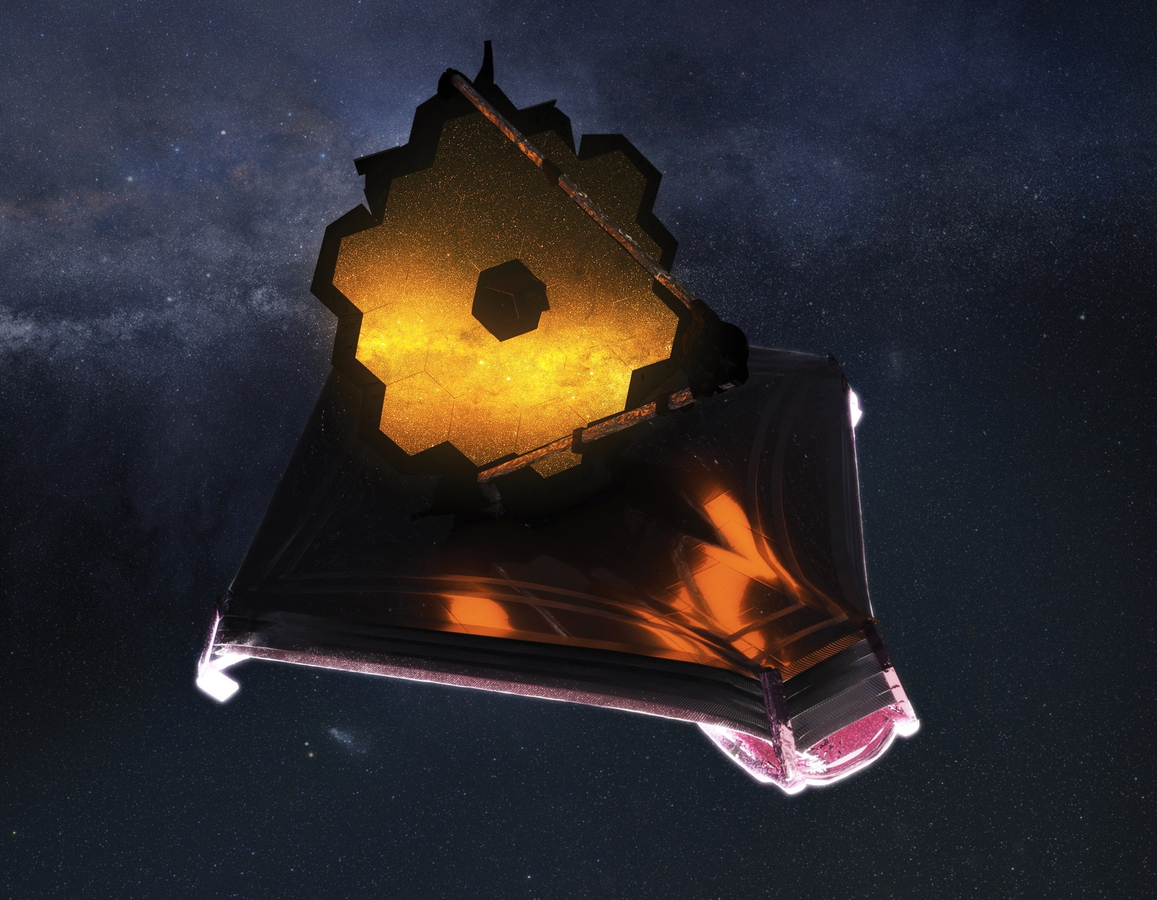Studying Small Bodies with JWST: New Insights into Solar System History Near and Far
The Solar System is replete with a diverse menagerie of minor bodies. From Near-Earth Objects (NEOs) and the Main-Belt Asteroids (MBAs) to the far reaches of the Kuiper Belt, these primitive objects are relics from the earliest epochs of solar system history and serve as crucial probes of planet formation processes across a broad swath of heliocentric distances within the protoplanetary disk. Detailed spectroscopic studies of these small bodies have revealed a wide range of refractory and volatile species that encode fundamental information about the thermochemical and dynamical state of the early Solar System. During its first year of science operation, JWST observed over 100 minor bodies throughout the Solar System as part of GTO and GO programs. Highlights include contemporaneous imaging and follow-up spectroscopic study of the DART impact on the NEO Didymos, spectral analysis of hydrated silicates on three large MBAs, and a benchmark sample of Kuiper Belt Objects ranging from the largest dwarf planets (e.g., Pluto-Charon, Triton, Eris) to ~100-200 km sized objects. The cutting-edge capabilities of JWST, particularly its continuous coverage of the near-infrared, have unveiled critical new insights into surface composition and population-level trends that will revolutionize our understanding of solar system formation and evolution. In this talk, Dr. Wong will provide a high-level overview of results from Cycle 1 JWST small body observations, with a focus on near-infrared reflectance spectroscopy from the GTO programs.
5241 Broad Branch Road, NW
Greenewalt Lecture Hall
Washington, DC 20015
United States

JWST